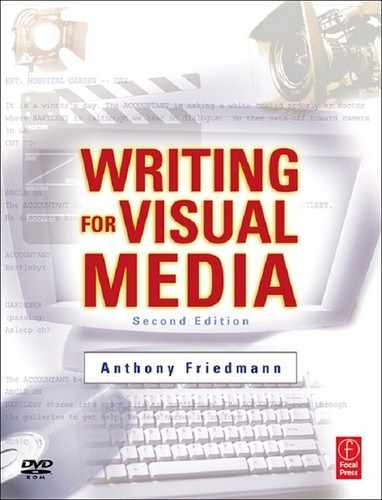The first edition was printed twice and found support in many writing programs. I have used my own book as a textbook in a media writing course and learned a lot that has contributed to improvements in this second edition. I continue to believe that brevity and economy in the length of chapters is suitable to the contemporary college student’s reluctance to read. Also in a writing course, reading about writing must be to the point and lead to the practice of writing.
In the interval between the writing of the first edition and the second, technological changes underline the importance of interactive media in the internet and the ubiquitous use of websites for corporate communications. The emergence of DVDs increases the importance of interactive design and the importance of video games as an industry whose size and dollar value rivals the traditional entertainment media. New chapters expand Part IV to look more closely at the emerging issues in writing for interactive media. The convergence of all media into one digital domain on the computer desktop impacts on writing courses and writing training. This convergence is increasingly reflected in the curricula of communications programs such that writing skills have to follow suit and diversify. An introductory course in media writing always faces the dilemma of what media to cover and how much time can be devoted to each.
The aim is to devise a textbook that addresses contemporary writing issues in an accessible way, that incorporates contemporary, interactive technology for the delivery of learning, and that takes account of contemporary script formatting software.
Creation of content for a medium proceeds from writing. Visual imagination lies at the heart of this writing. Visual writing is still the key. In the hunt to pin down the elusive quality of that visual writing, I have come to see that this is fundamentally conceptual writing, what I have come to call meta-writing in this edition. Meta-writing unfolds at several levels. It is visual thinking that precedes and underlies the end product of visual writing that is the script. Visual writing is behind or within the writing that is read as a script. It is embedded writing that underlies the writing we read. A concept dissolves into a treatment, which in turn dissolves into the instructions for a production in a document we call a script. I have come to see this as the key to understanding how visual media work and, therefore, how we can construct the content for those media. Thus visual writing, or meta-writing, is not the words of the final script but the imaging that makes the words of the final script possible.
